Case Study: Supporting All Students
About This Case:
School leadership is second only to teaching in its impact on student learning. High-quality school leaders make a difference in promoting the learning of all students by setting directions, charting a clear course that everyone understands, establishing high expectations, and using data to track progress and performance (Leithwood, Seashore Louis, Anderson, & Wahlstrom, 2004). They do this by developing people, providing teachers and others in the system with the necessary support and training to succeed, and ensuring the entire range of conditions and incentives in districts and schools fully supports teaching and learning.
Research indicates there is a strong correlation between the use of effective professional learning communities (PLC’s) in schools and improved teacher learning and instruction, and student learning (Carroll, Fulton, & Doerr, 2010).
This case examines the use of PLC’s to address data analysis, and best practice strategies for teaching and assessment, with student learning as a priority. The case provides details regarding the situation but offers no solutions; learners will demonstrate proficiency in the given areas by responding to the questions following the case.
*Data for the student performance levels—novice, apprentice, proficient and distinguished—as presented in this case are provided for the content areas tested and are based on the Common Core Standards (Common Core State Standards initiative, 2011).


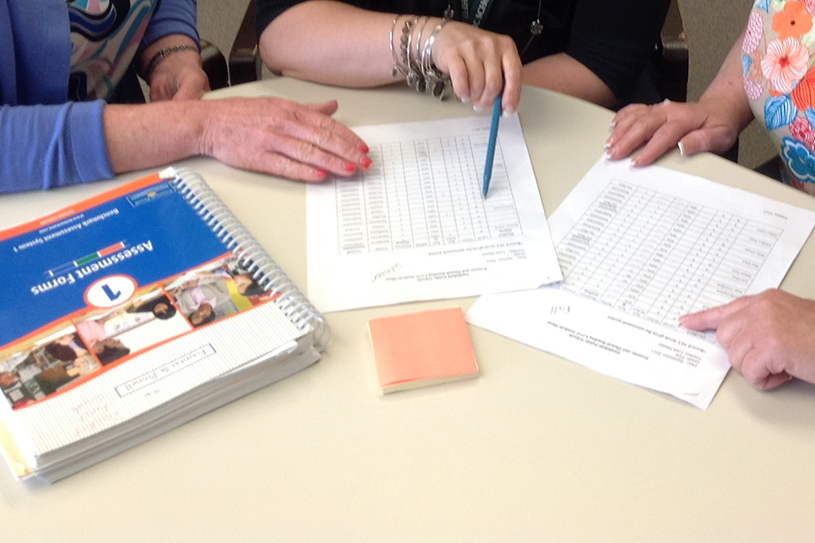




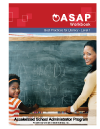

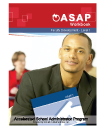
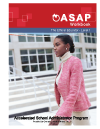

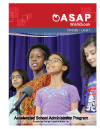
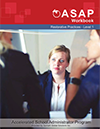
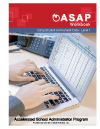

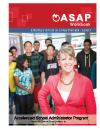


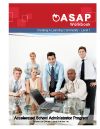












 Information and Communications Technology (ICT), in the realm of education, is a powerful agent for educational and social change. Using a synergistic mix of ICT materials and methods in educational environments can be intimidating. The growing use of ICT in society has created pressures on those who are not familiar with the usefulness and power of technology. Educators who are uneasy with and skeptical of the utility of new technologies may limit the opportunity for students to become prepared for a future where ICT knowledge is a necessity.
Information and Communications Technology (ICT), in the realm of education, is a powerful agent for educational and social change. Using a synergistic mix of ICT materials and methods in educational environments can be intimidating. The growing use of ICT in society has created pressures on those who are not familiar with the usefulness and power of technology. Educators who are uneasy with and skeptical of the utility of new technologies may limit the opportunity for students to become prepared for a future where ICT knowledge is a necessity.

